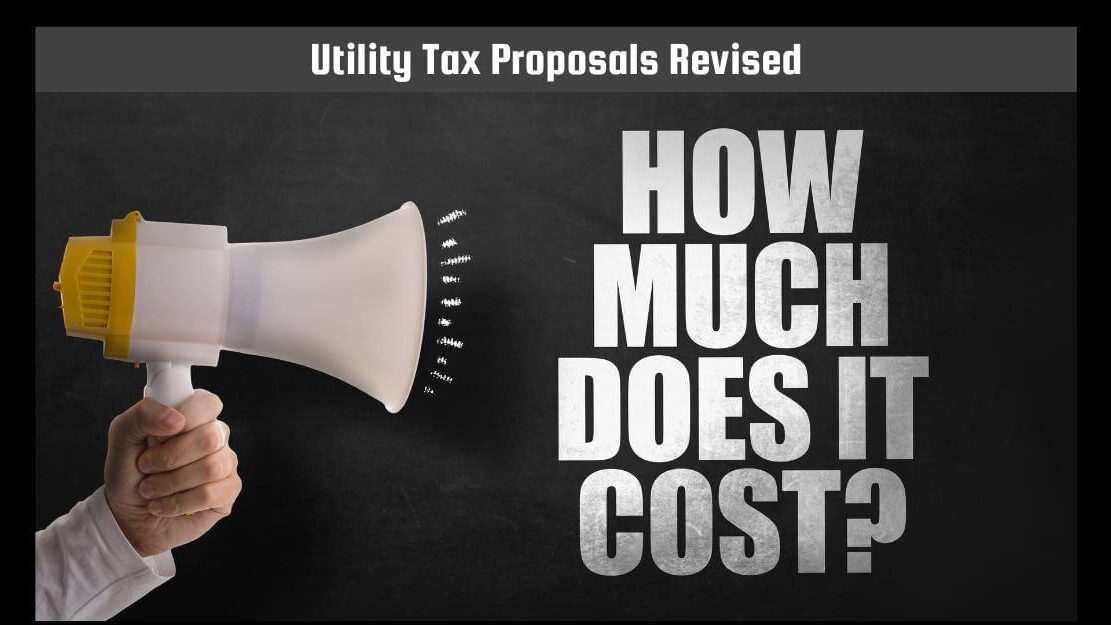Solar News – Utility Tax Proposals Revised
The California Public Utilities Commission (CPUC) is expected to make a decision on new fixed income-based utility fees (utility tax) under AB 205, which will be implemented on bills in California starting in 2025.
Update on Noteworthy Takeaways.
We have included the article below for the full read. Some of the biggest takeaways Sungenia would like you to note are listed here:
- Some groups, including utilities, have proposed lower fixed charges for residential customers, but the updated proposals from unfriendly parties remain unacceptable.
- Most of the updated proposals link the first two income tiers to existing subsidy programs, CARE and FERA. To qualify for these programs, consumers must voluntarily share their income. The third tier includes everyone else, which means families with an income of roughly $45,000 or more are all classified under the same category.
- It has been proposed by the utilities that the highest tier of fixed charges be set at $73 for SDG&E. These charges will be applied to all residential customers who do not qualify for the ratepayer assistance programs – CARE and FERA. It is important to note that these fixed charges will apply to all customers, regardless of whether they have solar panels installed or not.
- This debate will not be resolved until at least 2024, and the charges won’t take effect until 2026.
October 24, 2023
The Utility Tax, a monthly charge for residential customers, is not related to the amount of energy they use. It should not be confused with the solar tax, which was defeated as part of NEM-3, that would have only applied to customers with solar energy. However, the Utility Tax is still a flat fee that consumers have to pay regardless of their usage and cannot avoid.
The California Public Utilities Commission (CPUC) has been mandated to establish a fixed charge for residential customers, according to a law that was added to the state budget during the 2022 legislative session. The Utility Tax must have a minimum of three tiers for customers belonging to different income brackets. The question is whether the highest tier will range from $10 to $15 or a higher amount, possibly between $30 to $35 or even more. It is worth noting that even if it starts at a lower level, it will likely keep increasing over time.
Several proposals were presented, some of which had exorbitant rates. The utility proposals suggested a monthly fee of $85 to $128 for high-income earners and required them to disclose private information about their family income. The state office of ratepayer advocates proposed a maximum fee of $31 to $36, depending on the utility. Another proposal by the Natural Resources Defense Council (NRDC) and a ratepayer group called The Utility Reform Network (TURN) suggested a maximum fee of $50. However, more reasonable proposals fell in the range of $12 to $18 per month.
It is important to note that the fixed charges are mandatory and will be applied regardless of whether you have solar. These charges are not extra fees that you must pay for installing solar, but they do have an impact on utility revenue. The shift in revenue is from kWh rates to monthly fees, which means that small homes or those with solar panels may end up with higher bills, while larger homes may see a decrease in their bills. The amount of the fixed charge will determine how much the cost shifts between low-energy users and high-energy users.
The California Public Utilities Commission (CPUC) requested all parties in June to reduce their proposals related to the highest charges and income-graduated components. The parties submitted the updated proposals earlier this month. As per the updated proposals, the first two income tiers are associated with the existing subsidy programs – California Alternate Rates for Energy (CARE) and Family Electric Rate Assistance Program (FERA). To qualify for these programs, consumers must voluntarily share their income. The third tier includes all other consumers, which means families earning approximately $45,000 or more, are all in the same category.
The utilities are proposing fixed charges of $51 for PG&E and SCE, and $73 for SDG&E for their highest tier, which will be applied to all residential customers who do not qualify for the CARE and FERA assistance programs. These charges are exorbitant and unreasonable.
With the new round of proposals, the Natural Resources Defense Council (NRDC) and The Utility Reform Network (TURN) have revised their top-tier limit to $30, which has been supported by several groups. This means that the debate around the maximum top tier limit has narrowed down to $30-$36, which is a significant development. However, $30 per month is still considered to be high, even though it is much better than considering $50 or more. With the ongoing shock in NEM-3, there is no need to add further weight to the market.
It is expected that the debate about high Utility Tax will not be settled until well into 2024, and the charges resulting from it won’t go into effect until 2026. Despite this, organizations like the California Solar & Storage Association (CALSSA) will continue to fight against the proposed high fixed charges and the misleading promises around electrification. These organizations are actively involved in educating legislators and coalition partners about the negative impacts of high fixed charges and the false claims surrounding electrification. The public can expect to hear more about this in the future.
……..
Contact Sungenia if you have more questions on the revised Utility Tax Proposals:
Sungenia’s mission is to make the solar process as simple and honest as possible, provide the best solution, and to make as many happy friends as we can.

